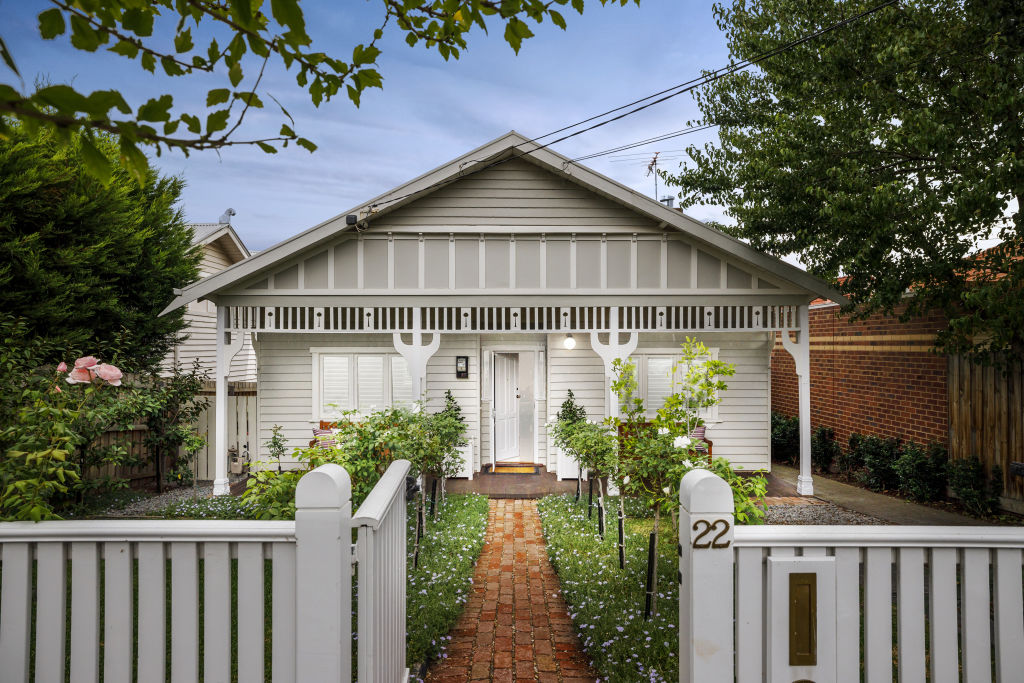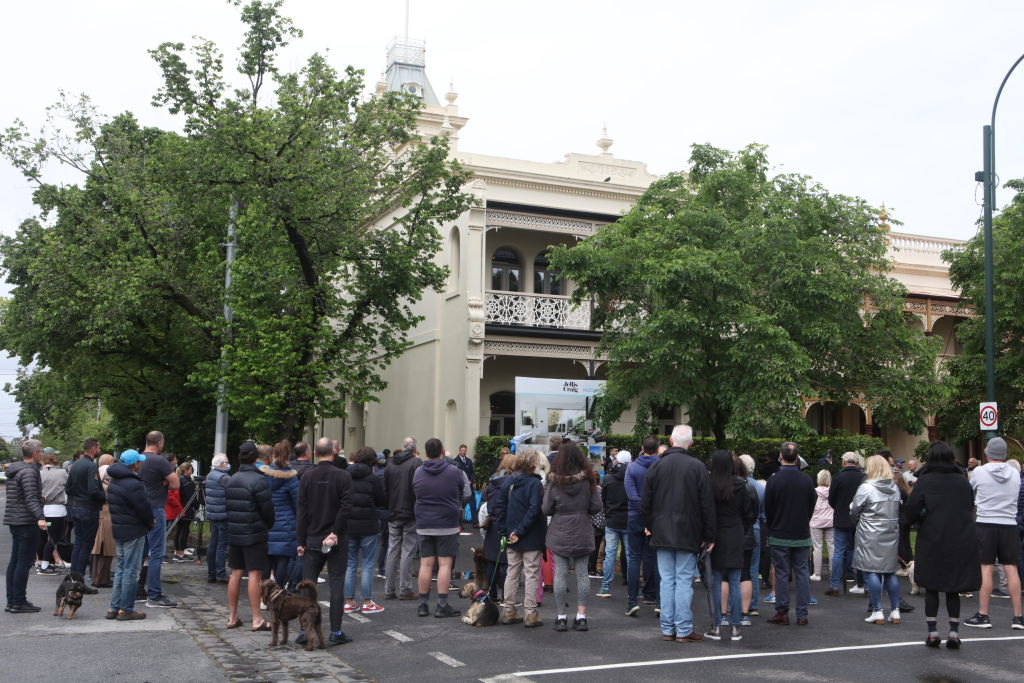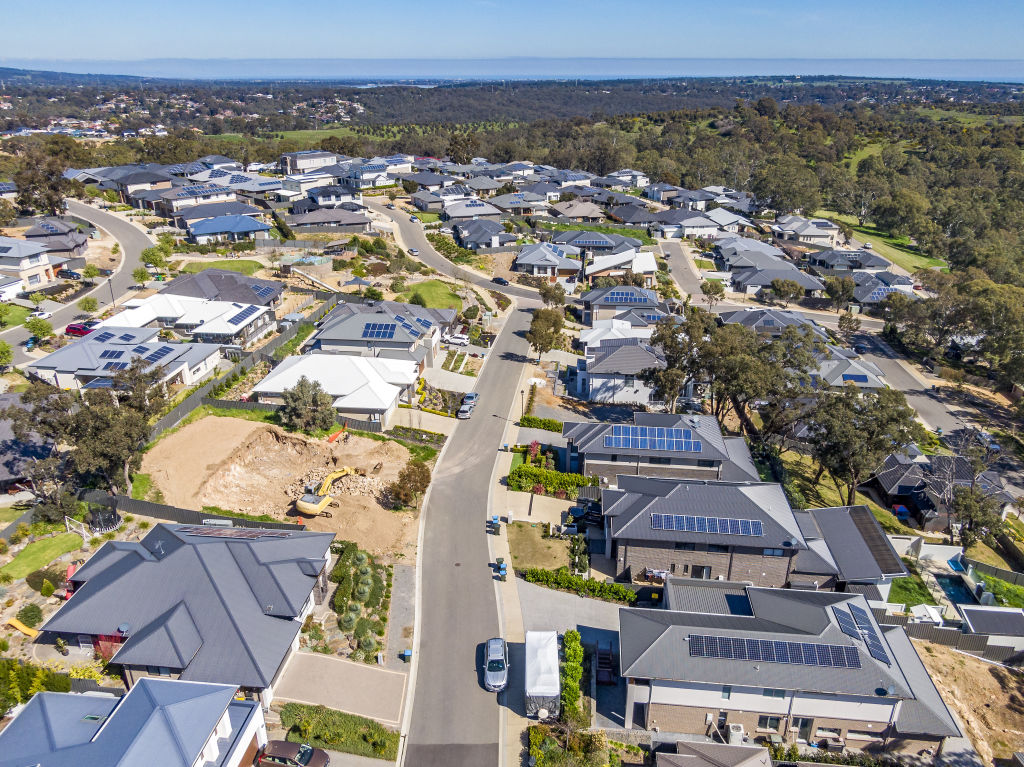Autumn is here: What state is the property market in?

This time last year, Australia was in the early days of an unprecedented property boom that would touch just about every corner of the nation.
Twelve months on, the advent of autumn reveals a patchwork of property markets; some have lost all momentum as the threat of interest rate rises, price rise fatigue, and the balance of supply and demand shifts in favour of buyers.
Others are still running hot amid a shortage of property for sale and elevated buyer demand – these are the markets that are expected to continue to rise throughout the autumn months.
The latest data from Domain details the volume of new property listings, buyer demand and auction clearance rates over the past week. According to Domain’s head of research and economics Nicola Powell, the results reveal every market has changed since early March last year.

“A buyer approaching this autumn season is in a different position to what a buyer was in autumn 2021,” she said.
“This year, they’ll have much greater choice in terms of the property available for sale, and they’ll be transacting in a market with less pace.
“That red-hot urgency that was there this time last year isn’t there this autumn.”
Unless you’re a buyer in Brisbane or Adelaide: “Those cities are where there is still so much buyer demand and not enough stock.
“But overall, purchasing conditions are improving.”
Here’s what’s been happening in your capital city in the week ending February 27:
Sydney
The rush of Sydney home owners eager to sell in the rising market has seen the number of new listings spike considerably, particularly over the past four weeks.
Two weeks ago, Sydney recorded its highest volume of new listings for 2022, and – compared to the same time last year – new listings are up 7 per cent.
Some areas with the biggest weekly increase in new listings, such as Camden, have seen an increase of more than 30 per cent.
As the number of properties for sale in Sydney increases, so do the conditions for hopeful property buyers. More property for sale means more choice for buyers and, crucially, less competition. Less competition can impact prices, Dr Powell said.

“Listings and prices actually go hand in hand with each other, and when you’ve got four weeks of strong levels of new listings in this market, that’s telling,” Dr Powell said.
It’s not all doom and gloom for Sydney sellers yet. Buyer demand has increased by 9 per cent, and Sydney’s auction clearance rate is also holding up well. Last Saturday was Sydney’s busiest auction day so far this year, and the preliminary clearance rate hit 76 per cent.
Melbourne
No other capital city has had the volume of new property hit the market that Melbourne has – the number of new listings has grown by 29 per cent within the space of one week.
Glen Eira, Stonnington-East and Darebin-South were among the Melbourne regions where new listings spiked by the most over the past week.
While there are still buyers – Domain’s buyer demand indicator shows a healthy increase of 16 per cent – the sustained lift in new listings over the past four weeks means more choice and less competition is leading into autumn.

That choice has taken the heat out of the market, says local buyer advocate Mal James.
“That fear of missing out that we had last year has disappeared. The urgency we saw from buyers has come out of the market. That comes from seeing more stock,” he said.
“Buyers are now more cautious, and price is a significant button-pusher. Unless they perceive they are getting a bargain, buyers are not performing with the same urgency that they were last year.”
Melbourne’s preliminary clearance rate last Saturday was 67 per cent, the weakest of all the capital city auction markets.
While a clearance rate in the 60s usually correlates with a balanced market, Dr Powell said she expected auction volumes would remain high in the lead up to Easter, which was likely to place further downward pressure on clearance rates.
Mr James said the upper end of Melbourne’s market was easing.
“We expected February to be quite strong, and it’s been quite weak. This has been the quietest February many agents can remember. The market has been weakening since Melbourne Cup.”
Brisbane
More Brisbane sellers are taking their properties to auction. Last Saturday’s preliminary auction clearance rate got to 74 per cent.
“The clearance rate reflects the fact that the volume of property being auctioned is much higher than a year ago,” Dr Powell said.
“That is what is significant here: the sheer volume of homes being sent to auction in Brisbane is huge, and that’s because sellers are trying to capture that competitiveness.”
The number of new properties listed for sale has fallen in Brisbane, edging down slightly by 2 per cent.
Buyer demand is up by 4 per cent, so the disparity between demand and supply was still landing in favour of sellers, Dr Powell said.
Adelaide
Like Brisbane, Adelaide is still in the throes of a red hot market with solid competition and buyer appetite.
Last Saturday saw a huge auction day, and the city recorded a preliminary clearance rate of 82 per cent, the strongest result of all capital cities.

Dr Powell said she expected auction numbers would remain strong up until Easter.
Although new listings have dropped 13 from the recent peak, they remain high compared to last year.
For buyers who want as much choice as possible, Burnside recorded the biggest increase in new stock hitting the market.
Perth
Greater Perth’s property market has been stable over the past week. Overall, the percentage of new listings didn’t change and buyer demand increased by just 4 per cent,
There were areas that saw a 30 per cent spike in new listings over the week, such as Mundaring and Belmont-Victoria Park, but compared to the same week last year, Perth’s property listings have risen by only 1 per cent and buyer demand is down by 7 per cent compared to the same time last year.

But what looks to be a quiet autumn could change quickly once the WA border opens on March 3, Dr Powell said.
“With certainty now provided around border controls, we are likely to see an influx of demand from buyers relocating,” she said.
“We could start to see an outward flow of residents, which may bring further listings to market, giving buyers more choice.”
We recommend
We thought you might like
States
Capital Cities
Capital Cities - Rentals
Popular Areas
Allhomes
More







